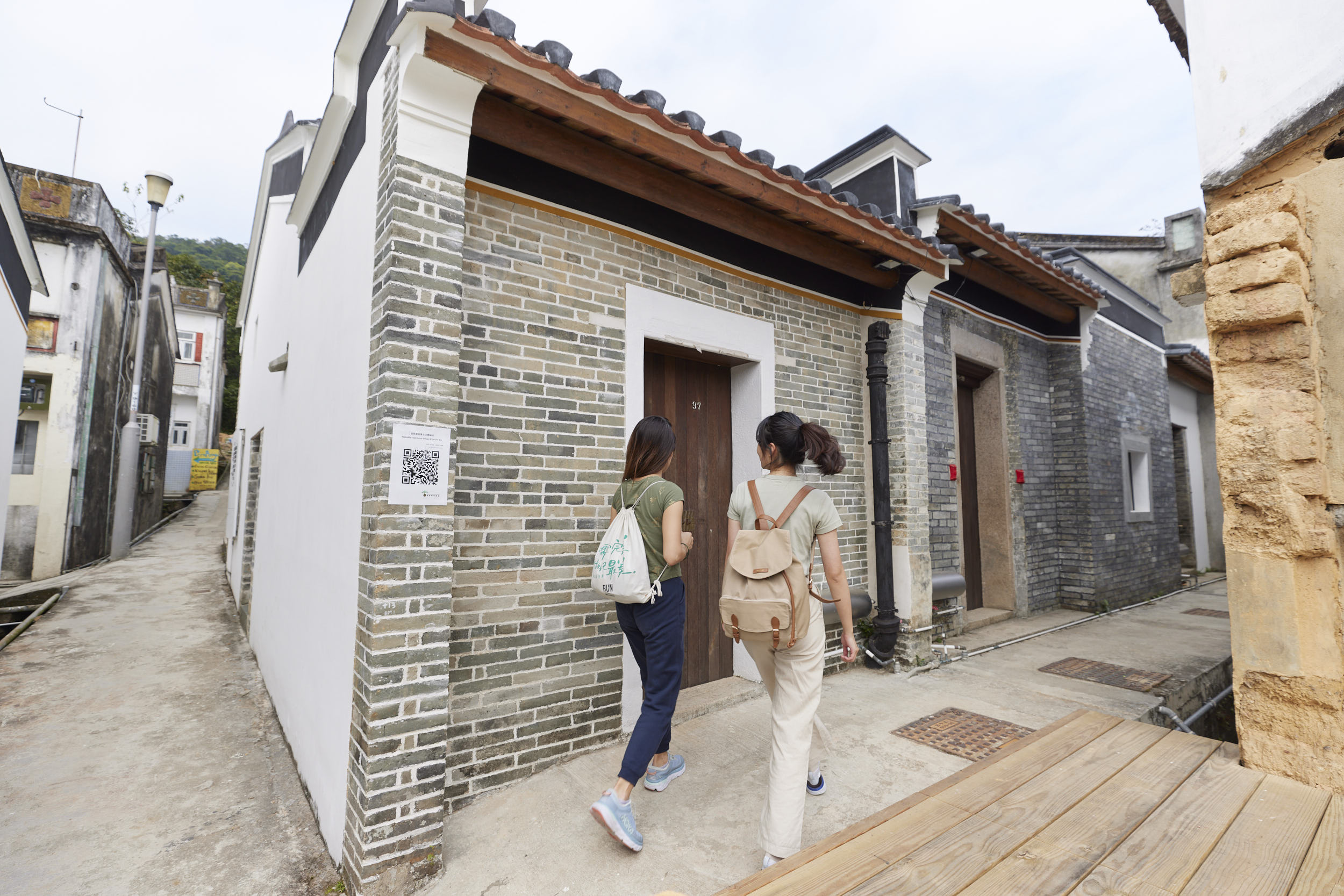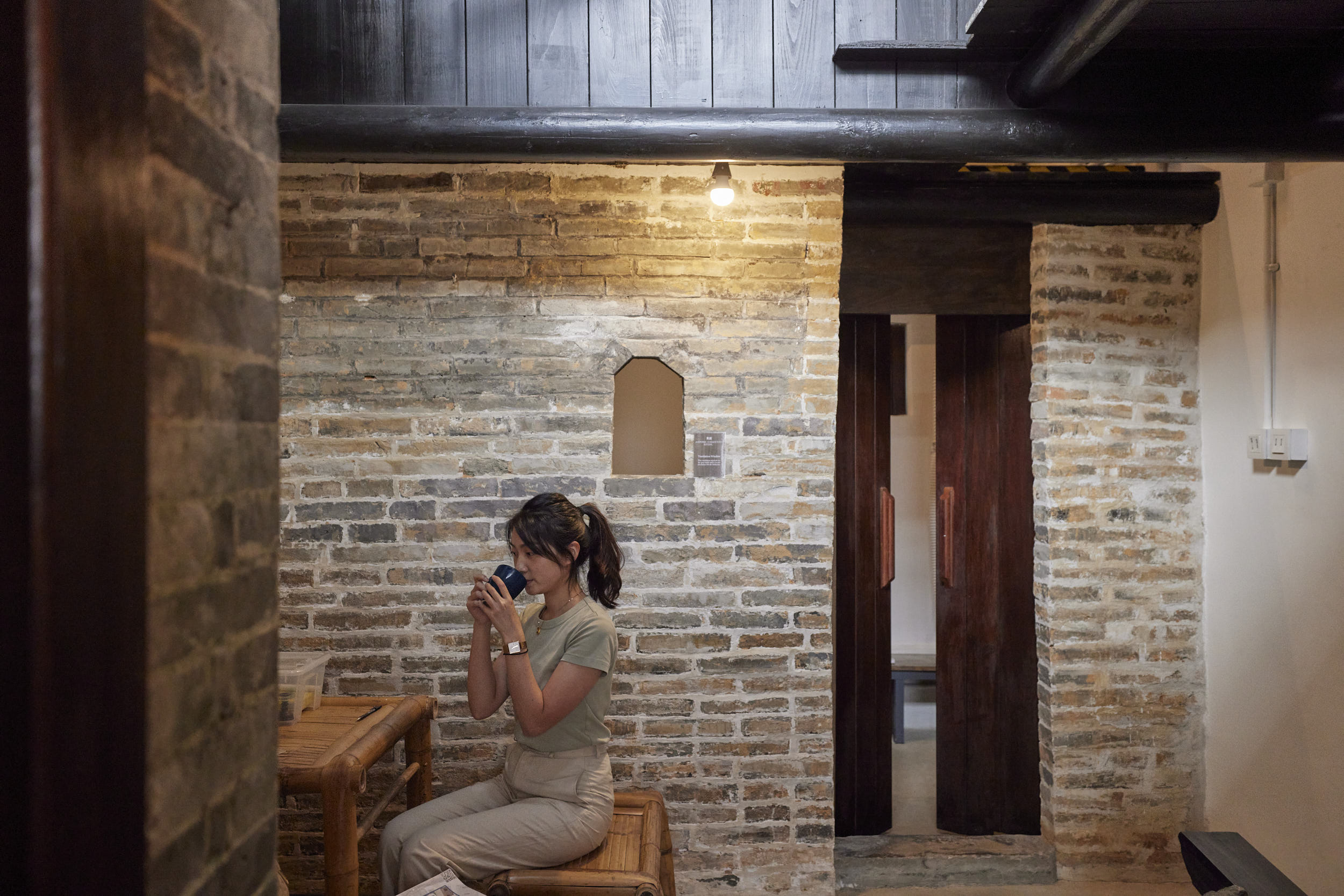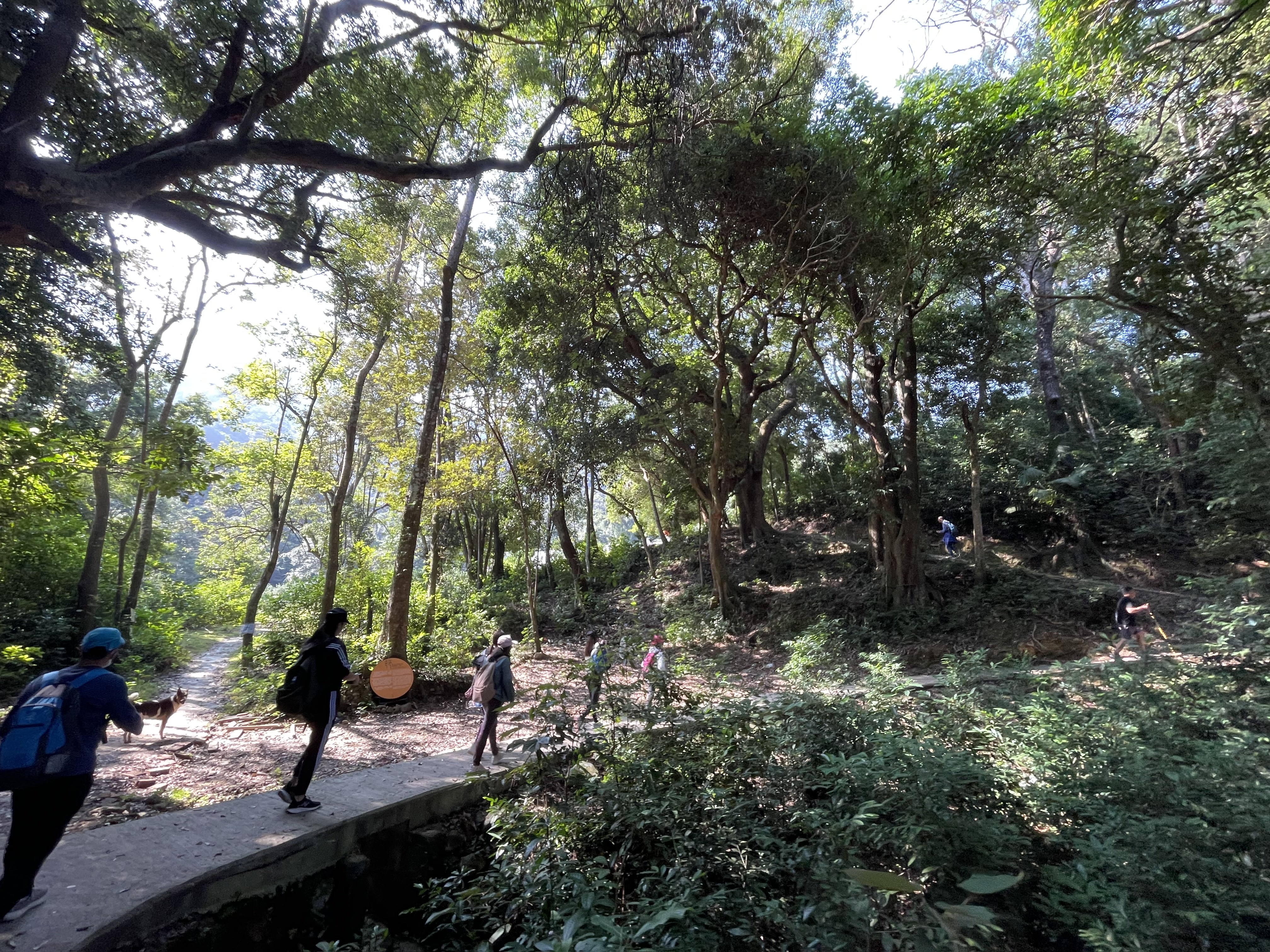What actually are mud bricks? Why do Hakka people build houses with mud bricks? This has to do with the history of the Hakka people. According to historical records, the Hakka people first migrated from the Central Plains (Luoyang area) to the tri-border areas of Jiangxi, Fujian and Guangdong, going even as far south as Hong Kong at the end of the Northern Song Dynasty to avoid invasion by outsiders. The first to move to Hong Kong were the Tang, Pang and Lam clans. As they had lived in ‘foreign’ lands, they are called Hakka or Hakka people. During the Yuan Dynasty, Ming Dynasty and early Qing Dynasty when the Restoration Act was enacted, Hakka people with different surnames successively moved in.

The Hakka people are tough and hard-working. After arriving in Hong Kong, they reclaimed wasteland and farmed for a living. Lai Chi Wo and its six surrounding “Hing Chun Yeuk” villages, namely So Lo Pun, Mui Tsz Lam, Kop Tong, Siu Tan, Ngau Shi Wu and Sam A Tsuen are all built on land reclaimed by the Hakkas. Their population reached a peak in the 1960s at over 1,000. Although the hard-working Hakka people can rely on mountains for food and shelter, Lai Chi Wo was heavily forested in the early days, and even a fairy could not magically change room temperatures without a rug or a fan. So how do you build a comfortable house that is warm in winter and cool in summer? The secret is Hakka mud brick technology.
As the name suggests, the main building material of Hakka mud bricks is clay, which is made by mixing high-viscosity mud with natural materials such as sand, rice husks and rice stalks, then kneading it. Before the mud bricks can be made, a square wooden frame is first created with wood, some rice husks are sprinkled on to the wooden frame for drying purposes, and the dried product is then poured into mud mixed with rice stalks. The most important thing is to first fill the wooden frame’s four corners with the mud mix using both hands, and then fill up the whole frame and compact it with wooden stakes. Finally the wooden frame is removed to let the mud bricks dry under the sun. Since mud bricks are used one by one to build a house, the house can easily collapse in the future if the four corners of the bricks are uneven.
The disadvantage of mud bricks is that they have not been kiln-fired and have low load-bearing capacity. They can only be used to construct one or two-storey houses. However, there is still a vast number of benefits to mud bricks. For instance they are good heat absorbers, and the heat dissipation time is long, which helps to store the heat temporarily during the day and dissipate it at night, solving the problem of large temperature differences between day and night. Other benefits of mud bricks include:
- Use of local materials: mixing soil with dry rice, sand and other natural materials
- Simple construction: they are naturally air-dried in the sun and do not need to be heated in a kiln or furnace
- Low cost: making use of local materials and simple tools
- Warm in winter and cool in summer: The mud absorbs heat slowly and dissipates it slowly, fulfilling the dual function of heat insulation and preservation
- Energy saving and environmental protection: when houses collapse or are rebuilt, the mud bricks can be returned to the land or recycled

